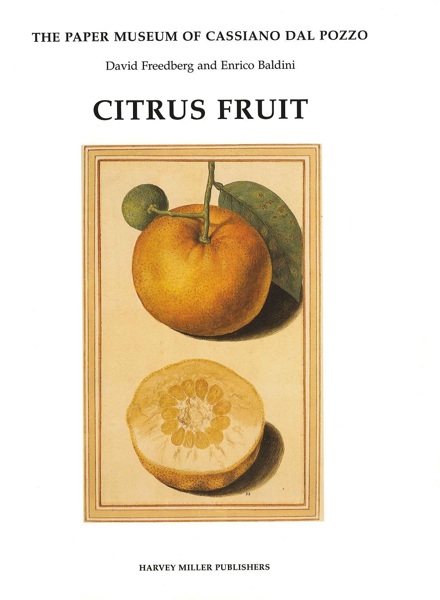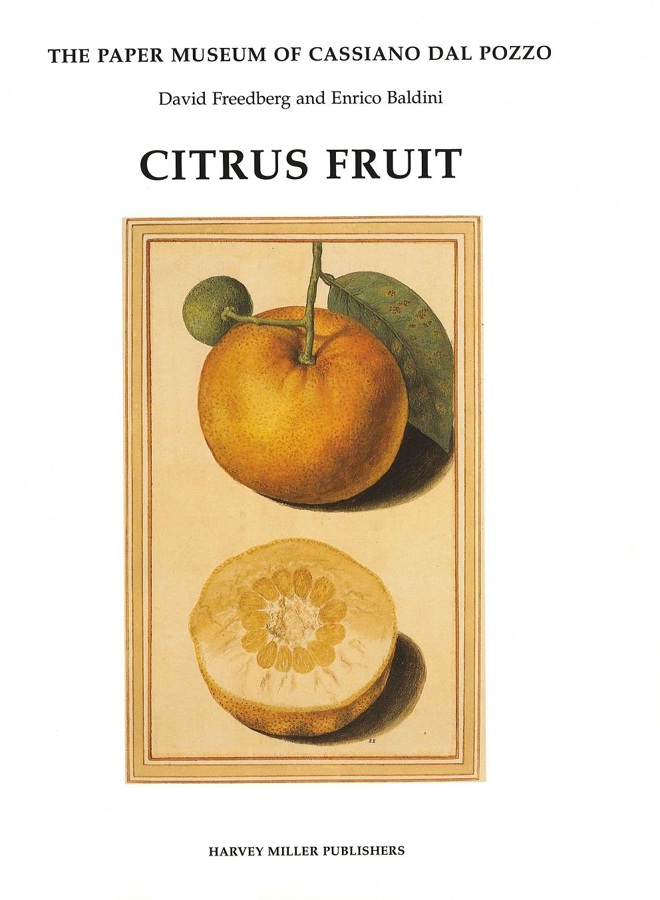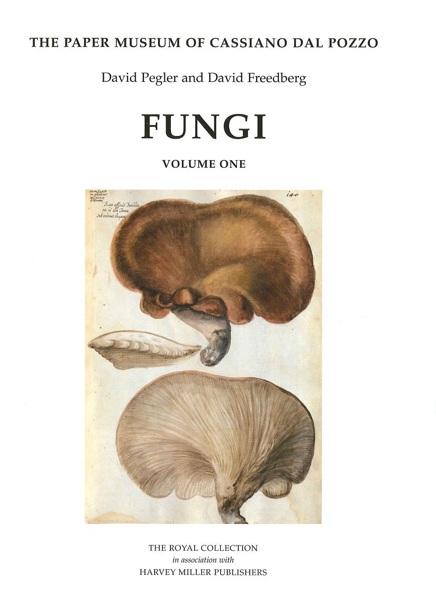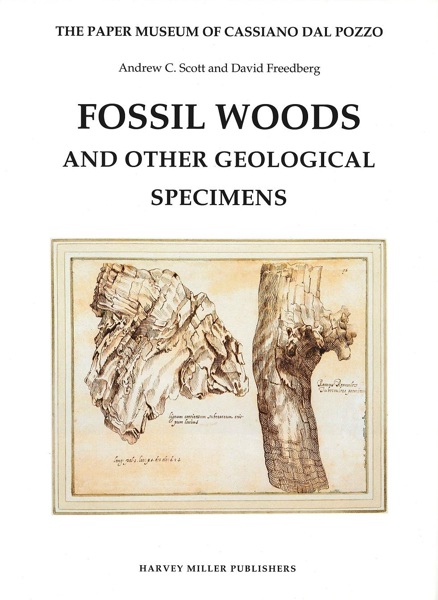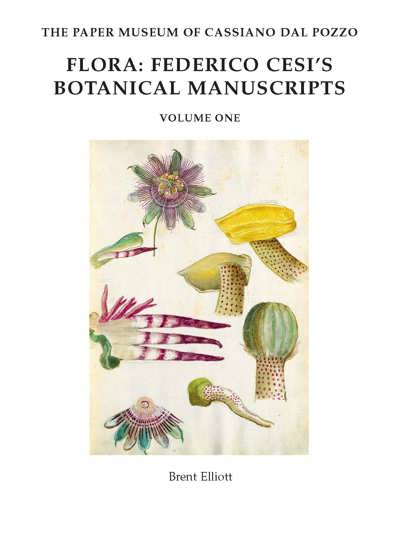
Citrus Fruit
David Freedberg, Enrico Baldini
- Pages: 344 p.
- Size:220 x 285 mm
- Language(s):English
- Publication Year:1997
- € 115,00 EXCL. VAT RETAIL PRICE
- ISBN: 978-1-872501-88-8
- Hardback
- Available
"This first volume in Series B is an epitome of the whole astonishing enterprise…mak[ing] available for study, or just plain wonder, one of the first great enterprises on the history of science, and one, too, that rates equally in the history of art." (Art Newspaper)
"A work of great scholarship and beautifully illustrated." (Botanical Journal of the Linnean Society)
David Freedberg is Professor of the History of Art and Director of the Italian Academy for Advanced Studies in America at Columbia University. He was also Director of the Warburg Institute at the University of London and has written extensively on the art and culture of the seventeenth century, including the intersection of art and science in the age of Galileo, most notably in The Eye of the Lynx (2002).
Enrico Baldini is Emeritus Professor of Arboriculture at the University of Bologna and a leading authority on both the practical and historical aspects of viticulture and fruit tree science. He was also director of the Istituto di Coltivazione Arboree of the University of Bologna and director of the Centro di Studi di Tecnica Frutticola of Italy’s Centro Nazionale delle Ricerche (CNR).
The first volume to appear in the Natural History series catalogues a group of spectacular drawings of citrus fruit in watercolour and gouache, most of which were commissioned to illustrate Giovanni Battista Ferrari's Hesperides, an ambitious attempt at a complete taxonomy and classification of the entire citrological world, which was published in Rome in 1646. Cassiano dal Pozzo played a fundamental role in this project: it was he who commissioned and supplied most of the drawings and then arranged for them to be engraved for Ferrari's projected work. The citrus drawings - grouped in the Catalogue under the headings of citrons, lemons, oranges, pummelos, hybrids, monstrosities and unidentified citrus fruit - are reproduced in full colour and are accompanied by a wealth of comparative material which includes the Hesperides engravings, additional drawings and photographs of actual specimens, mainly of the monstrous kind. In addition to detailed scientific descriptions of the specimens themselves, the catalogue also gives art historical information on watermarks, annotations, types of mount, provenance and literature. The introductory essays explain Cassiano's method of gathering information from a network of correspondents around Europe and consider the relationship between these drawings and other natural history subjects commissioned by Cassiano. The authors discuss the work of the artists involved in the project and assess the major contribution made the classification of citrus fruit by the collaborative efforts of Cassiano of Ferrari.
